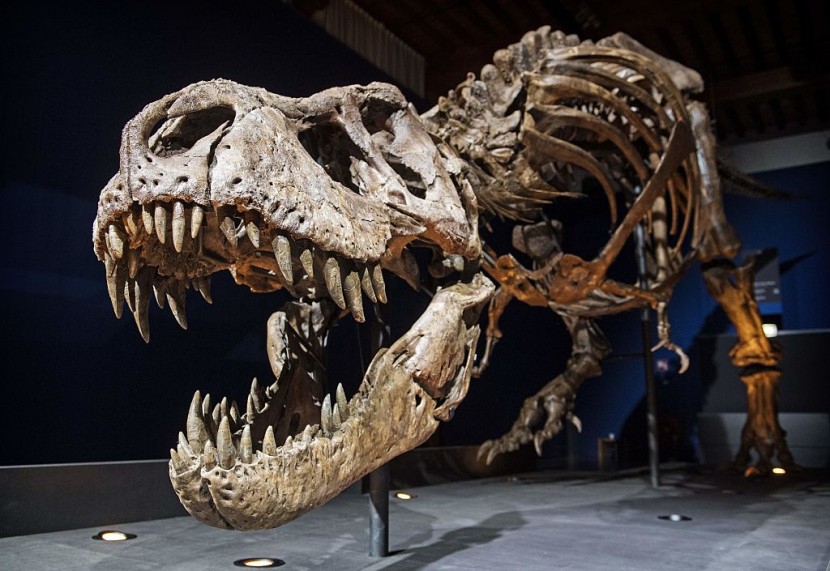A new subspecies of Tyrannosaurus called Tyrannosaurus mcraeensis has been discovered by paleontologists. This dinosaur is older and less developed than the others, but it is still around the size of a double-decker bus.
The new species sheds light on the long-lived mystery of Tyrannosaurus rex (often called T. rex) and other Tyrannosaur ancestry, which has long baffled paleontologists.
Discovery Reinvestigation
Upon examining a museum specimen of an incomplete skull that dates back 71 to 73 million years, the scientists made the discovery of a new species. The skull, which has been on exhibit at the New Mexico Museum of Natural History & Science (NMMNHS) since its discovery in the 1980s, comes from the Hall Lake Formation in New Mexico.
Dr. Spencer Lucas, Curator of Paleontology at NMMNHS and one of the paper's authors, told IFLScience that the piece of the skull was originally assigned to T. rex in 1986. "Decades later, much has been learned about T. rex through newly discovered fossils. The anatomical differences between the McRae fossil and other T. rex now stand out as likely taxonomic differences, hence the need for reinvestigation."
Skull examinations established that the fossil did not belong to T. rex but rather to a previously unidentified species, Tyrannosaurus mcraeensis, which is believed to have roamed the Earth 71 to 73 million years ago, some 6 to 7 million years before T. rex existed in the wild. Those tyrannosaurs may have roamed North America millions of years before previously believed is another finding that clarifies the picture.
Considering how well-known T. rex is, this aided the scientists in determining significant discrepancies between the new species' skull and the bones found in a T. rex.
"The differences are subtle, but that's typically the case in closely related species," said Dr. Nick Longrich, a Milner Centre for Evolution co-author at the University of Bath in England. He added that mutations gradually accumulate over millions of years, leading to subtle changes in species appearance over time.

What We Know So Far
Dr. Lucas said the new species probably did not have as much biting power as a T. rex since its jaws were longer and shallower. Whatever the case may be, the dinosaur was enormous, standing at 3.6 meters (12 feet) tall and 12 meters (40 feet) in length, making it comparable in size to a T. rex.
The dates of the fossil indicate that tyrannosaurs reached their massive size towards the end of the Campanian, which is close to the Cretaceous era. Like its better-known relative, both species would have relied heavily on meat for nutrition.
Phylogenetic research also points to the possibility that this species is related to T. rex, making it the closest known relative. The research acknowledges no direct heritage, but Dr. Lucas suggests it may be a "plausible ancestor."
See Also: Zimbabwe: Over 100 Elephants Dead in Drought-Is Climate Change to Blame?
© 2025 HNGN, All rights reserved. Do not reproduce without permission.








